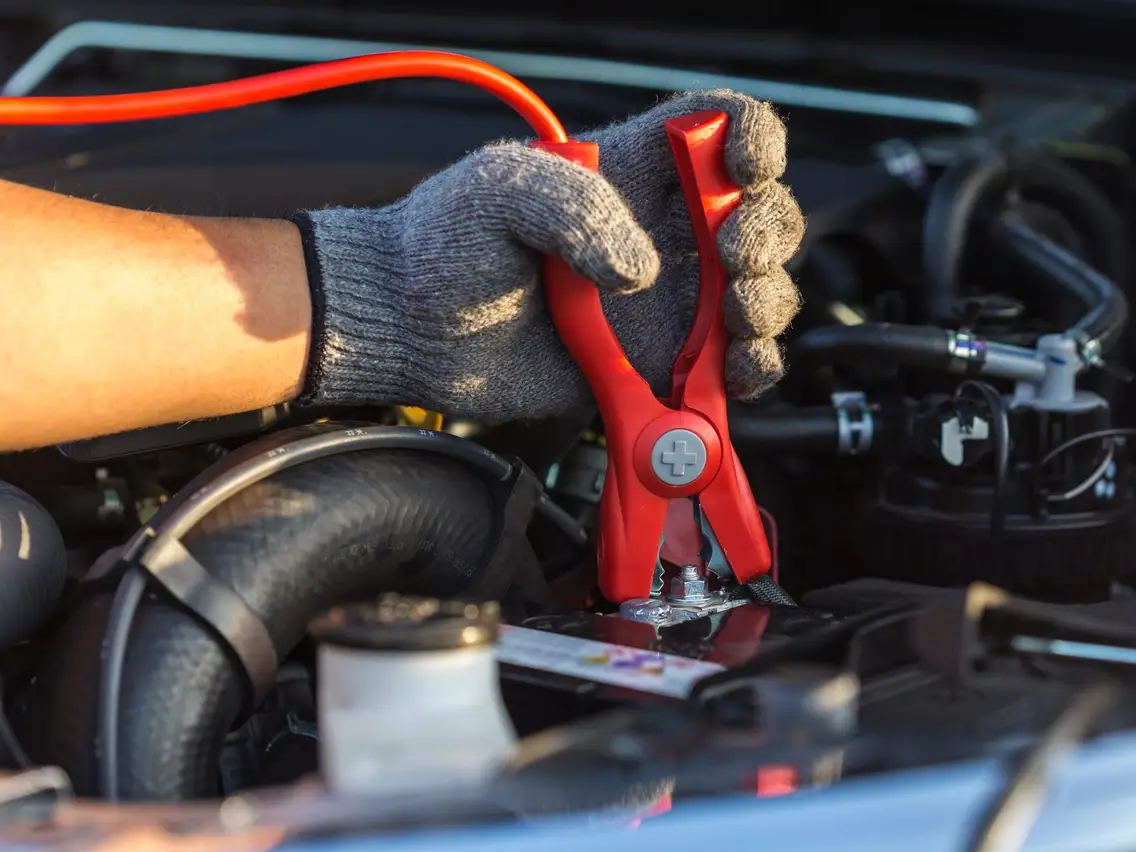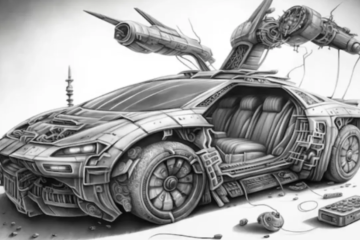Today, jump starters are a useful tool that many drivers depend on in an emergency. You don’t need another car to use these movable devices to charge a dead car battery. They’re a lifesaver when traditional jump-starting methods aren’t an option. Users aren’t sure if using a jump starter will hurt their car’s electrical system, though.
This article talks about how jump starters work, the risks that might come with them, and the safest ways to use them to keep your car running.
How Jump Starters Work
Jump Starters, which are also called jump packs or booster packs, are portable battery devices that can give a dead car battery a burst of high-current power. Most of the time, they come with batteries, cords, and extra features like air compressors, USB ports, and flashlights.
It sends a surge of power to your car’s battery when you connect it. This can be enough to start the engine. This method is similar to standard jump-starting with another car, but the jump starter gives the car the current it needs on its own.
Potential Risks of Using Jump Starters
Voltage Spikes
Voltage spikes are one of the main things that people worry about when they use jump starts. Modern cars have sensitive electrical parts that can be damaged by a sudden surge of power. These parts include the ECU (Engine Control Unit), sensors, and infotainment systems.
Most good jump starters have safety features built in to reduce this risk, but older or cheaper types may not.
Incorrect Connection
The wrong way of joining the jump starter is another big risk. Connecting the positive clamp to the negative terminal and then the negative clamp to the positive terminal can do a lot of damage. In the worst cases, this mistake could cause a fire, a short circuit, or even a spark to blow.
Luckily, many modern jump starters have safety measures like protection against reverse polarity that keep this from happening.
Battery Quality and Condition
It’s also very important that the battery in the jump starter is in good shape. If you don’t take care of or replace your jump starter battery properly, it might not provide enough power or could break down while you’re using it. One way to lower this risk is to check and keep your jump starter regularly.
Best Practices for Using Jump Starters Safely
To keep the risks of using jump starts to a minimum, do these things:
1. Read the Manual
Before you use your jump starter, you should always read the instructions. Knowing the exact steps to use your device and its safety features can keep you from abusing it and possibly damaging your car’s electrical system.
2. Check the Jump Starter’s Condition
Check your jump starter often for damage or signs of wear. Get the battery checked out and make sure it’s completely charged. A broken jump starter can cause more harm than good.
3. Follow Proper Connection Procedures
When you connect the jump starter, make sure you do it the right way:
- The red positive clamp should be connected to the dead battery’s positive lead.
- You can connect the negative (black) clamp to a metal surface that is not painted and is not near the battery. So, there is less chance of sparks happening near the battery.
- Try to start the car by turning on the jump starter.
4. Use a High-Quality Jump Starter
Spend your money on a reliable, high-quality jump starter that has safety features built-in, like security against reverse polarity, overvoltage, and short circuits. Even though these types might cost more, they protect your car’s electrical system better.
5. Keep Jump Starter Maintenance Up to Date
Jump starters need to be serviced regularly, just like any other gadget. The battery should be charged according to the instructions from the maker and kept in a cool, dry place. Check the jump starter often to make sure it’s still working.
What to Do If Your Car’s Electrical System Gets Damaged
Accidents can happen even if you try your best. Here are the steps you should take if you think using a jump starter hurts your car’s electrical system:
- Immediately turn off the car and remove the jump starter.
- Look for damage that is easy to see, like fuses that have blown or lines that are on fire.
- Talk to a professional plumber. Modern cars have complicated electrical systems, so it’s important to have a professional check for and fix any damage.
Ensure Safety When Using Jump Starters
Jump starts are very helpful tools that can come in handy if your car runs out of power. But they have risks, just like any other strong tool. If you know how jump starters work, look out for possible dangers, and follow best practices, you can keep your car’s electrical system from getting damaged.
Buying a good jump starter and knowing how to use it properly can give you peace of mind and keep your car safe and running. Always put safety first, and know how to use your jump starter correctly and keep it in good shape in case of an emergency.
Keep an eye for more latest news & updates on Web of Buzz!




